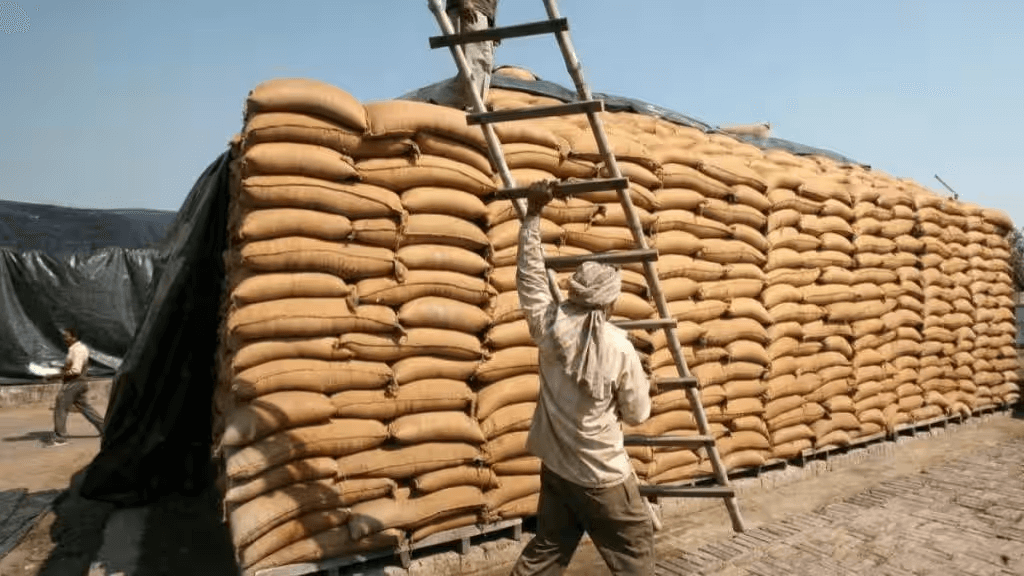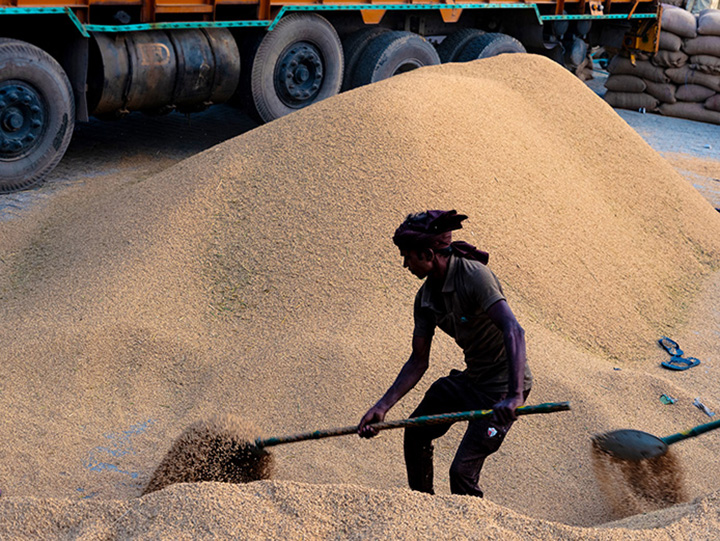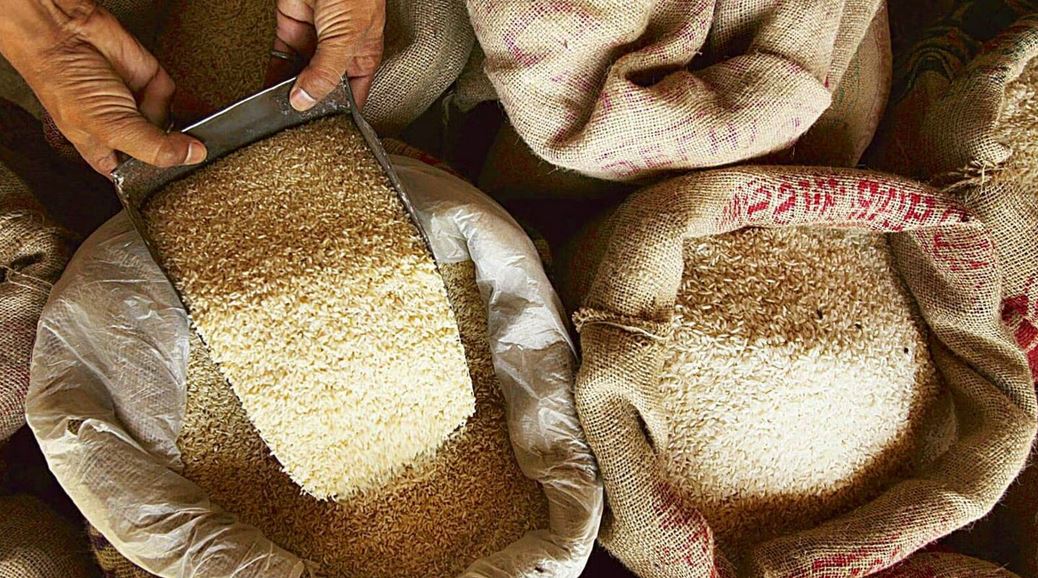Tags
How can Indian exporters optimise Basmati rice trading in key European and Middle Eastern markets?
“India’s Basmati rice exports, crucial to its agri-economy, rely on innovative strategies and new trade routes to overcome supply chain challenges without increasing retail prices.”

By Anshul Garg
India’s agri-economy is further boosted by the export of Basmati rice in key European and Middle Eastern markets. In the last decade, Basmati rice exports have witnessed a rapid upward turn, supplementing India’s massive 70% market capitalization of global productions. However, similar to other goods exporting Basmati rice goes through periodic strategic changes to ensure uninterrupted supply chains and demand — primarily because Indian exporters are often left with little choice in case of challenges.
International trading is often multi-layered, and to align with its complexities, exporters adopt innovative strategies periodically to ensure the normalcy of supply chains. Regional conflicts, climate change and other challenges often lead to unforeseen circumstances, resulting in cost hikes. While many exporters resort to increasing retail prices to align with these difficulties, Basmati exporters cannot undertake such practices. Instead, Basmati exports depend heavily on new innovative strategies to optimise trading, thus contributing to the Indian economy and sustaining food security worldwide.
Importance
India is the world’s largest Basmati producer (approximately 6.5 million tonnes annually), and exports around 5 million tonnes yearly, primarily to the European, Middle-Eastern and North American markets. Millions of consumers in these key markets depend on Indian Basmati, and disruptions in the supply chain lead not just to unavailability in the retail markets, but also a heavy reduction of India’s overall exports. For example, the Red Sea Crisis forced the Basmati exports from India to slow down, however, Indian exporters in collaboration with the Government of India managed to normalise the trade by adopting new trade routes through Saudi Arabia. Numerous similar decisions are taken by Basmati exporters throughout the year to optimise Basmati rice trading, which is driven by periodical challenges and obstacles.
New trade routes
The Government of India has time and again advocated in favour of establishing new trade routes through the Middle East. While this has been driven by geopolitics, Basmati rice traders have identified the opportunities in this initiative. The GOI is working actively to establish relationships with regional governments to establish trade routes, which can help Indian goods to reach various European cities.
However, the primary challenge of using these new routes is the increase in overall costs. As mentioned before, many Basmati rice exporters are unable to increase retail costs owing to several strategic reasons, resulting in exporters bearing the costs themselves. This is why these trade routes are considered only for emergency purposes and are not used otherwise.
Overcoming shipping challenges
A considerable challenge that Basmati exporters have faced in recent years is the unavailability of shipping containers. Indian exporters are highly dependent on several shipping companies, who divert the majority of empty containers to other locations in search of inflated profits. This has negatively impacted India’s overall exports, and the Government of India has decided to step in to address this situation. The Indian government is currently reviewing a proposal regarding an INR 5000 Crore worth
PLI (Production Linked Incentive) scheme for manufacturing shipping-grade containers domestically. The government has also set up a committee to promote manufacturing containers in India by 2026. This initiative will help Indian exporters to optimise their respective trades and reduce dependency on shipping companies. As a result, the Indian Export Industry will be able to book more profits and ensure a robust supply chain in key European and Middle Eastern markets.
Meeting periodic demand dynamics
A major part of optimising Basmati rice exports is to predict demand dynamics well ahead of time and align export goals with it. For example, demand for Basmati rice in Middle Eastern nations like Saudi Arabia increases significantly during Ramadan. Since this is a recurring theme, Indian exporters prepare for the surge of demand ahead of time. However, there are other instances when demand in specific markets increases or reduces significantly; Indian Basmati exporters remain on the lookout for such instances to optimise the trade based on this data. Appropriate understanding of key markets, market sentiments and sales data can help exporters meet these periodic demand targets through strategic insights, leading to a robust export ecosystem that supplements India’s long-term export goals.
(Anshul Garg is the Director and CEO of Aroma AAT Basmati Rice)
https://www.financialexpress.com/policy/economy/how-can-indian-exporters-optimise-basmati-rice-trading-in-key-european-and-middle-eastern-markets/3584397/Published Date: August 16, 2024






